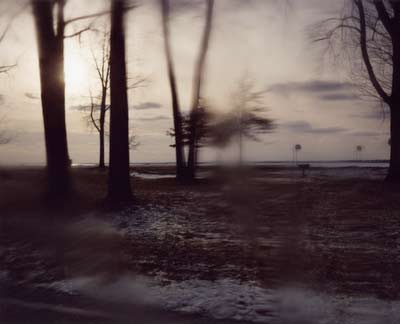‘Any fool can make something complicated. It takes a genius to make it simple.’ –Woody Guthrie

Imagine two cities, one to the north of where you live and one an equal distance to the south. Should it take longer to drive to the northern city than to the southern one? Of course not. But evidence suggests we subtly believe that going north is more time-intensive than going south.
In this recent study by Leif Nelson and Joseph Simmons in the Journal of Marketing Research, a number of subjects were asked to estimate the travel time for a northbound versus southbound bird. The majority of respondents believed traveling north from the equator would take longer than the reverse. (…)
This striking study reminds us of an essential, if often underappreciated, truth about transportation: Our ideas about where and how to travel, what routes to use and how long they will take, are all prone to subtle distortions that may ultimately shape our decisions about where to go and why. As geographer Colin Ellard notes in his book You Are Here: Why We Can Find Our Way to the Moon, but Get Lost in the Mall, “unlike other animals, which are tightly anchored, body to ground, fixed to the earth with a sureness of footing than can be almost impossible to sunder, human beings seem preternaturally prone to a kind of spatial flight of fancy in which our minds sculpt physical space to suit our needs.”
The north-south imbalance is just one of any number of ways we rearrange objective time and space in our heads. There are the famous examples of geographical distortion, for example, in which people routinely assume that Rome is farther south than Philadelphia or that San Diego is west of Reno (when in both cases the opposite is true). Or take a simple trip into town: Studies have found that people tend to find the inbound trip to be shorter than the outbound trip, while a journey down a street with more intersections will seem to be longer than one with fewer (and not simply because of traffic lights).
Our state of mind on any trip can influence not just our perceptions of time but of geography itself.
photo { Todd Hido }


